
Parts Of An Animal Cell ANITINQUEST
Learn about the structure and function of animal cells, the basic unit of life in animals. Explore the various organelles and their roles in maintaining homeostasis.. Labeled Diagram. By Go Life Science Posted on December 20, 2022 October 17, 2023. An animal cell is a type of cell that is characteristic of animals and is present in all.

Animal Cell Anatomy Anatomy Diagram Source Riset
Diagram of a plant cell with components labeled. Image modified from OpenStax Biology. Both animal and plant cells have mitochondria, but only plant cells have chloroplasts.. Size of an animal cell ranges from 10 to 30 micrometres while for plant cell it ranges from 10 to 100 micrometers. 1 micrometer is 1/1000 of a millimetre. And non.
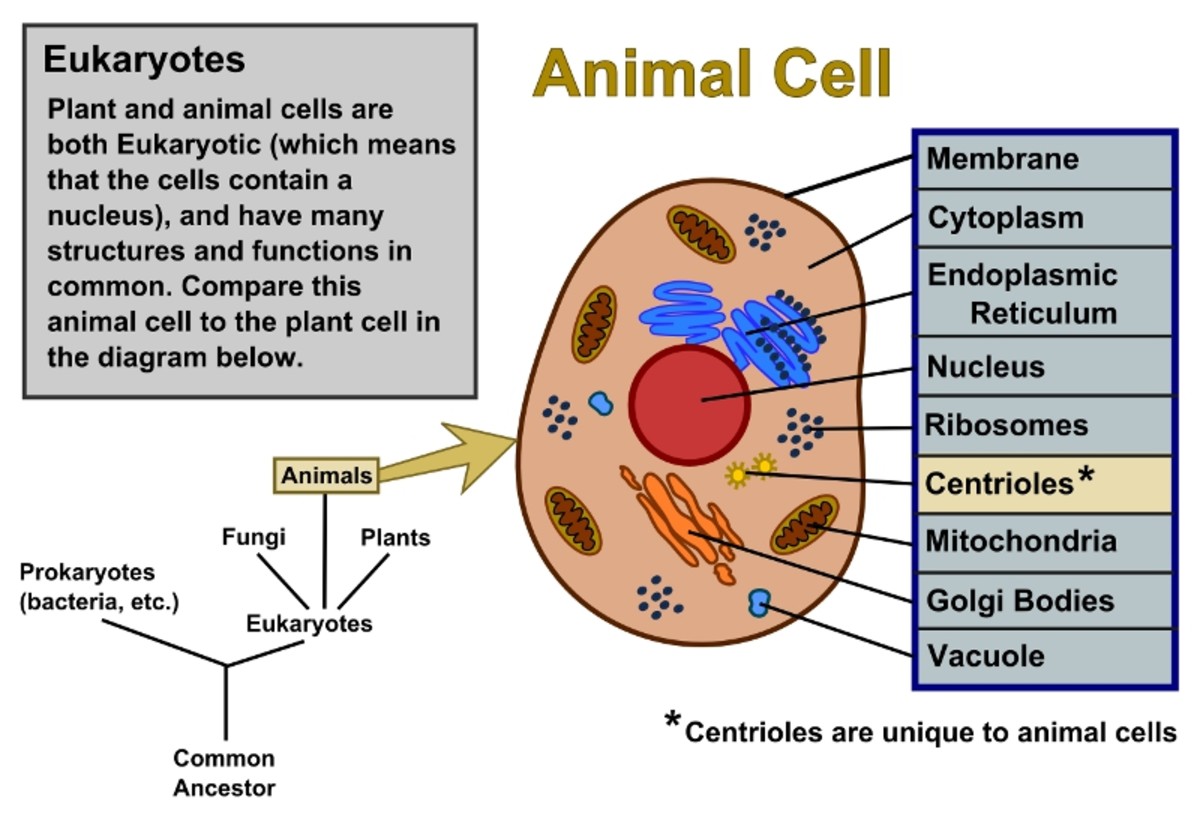
Plant Cells Vs. Animal Cells (With Diagrams) Owlcation
Labeled Animal Cell Diagram. Blank Animal Cell Diagram Worksheet. The third and fourth diagrams are animal cell diagram worksheets. Quiz yourself by filling in the blanks. Unlabeled Animal Cell Diagram. Finally, an unlabeled version of the diagram is included at the bottom of the page, in color and black and white. This may be useful as a.
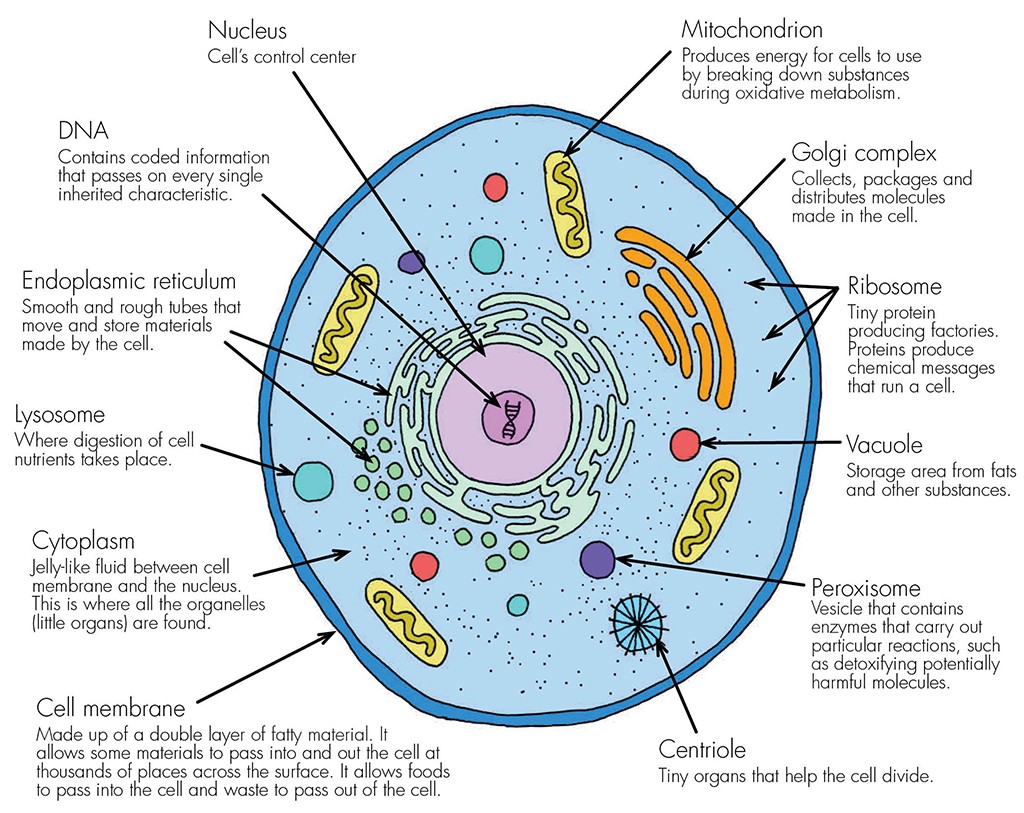
animal cell labeled DrBeckmann
On the left is a circle representing an animal cell. The cell contains many cell parts with different shapes. A small bean-shaped cell part is labeled mitochondrion. A medium-sized circular cell part that has squiggly lines inside is labeled nucleus. The outermost part of the cell, which is shown as an outline of the cell, is labeled cell membrane.

Basic Animal Cell Diagram ClipArt Best
The shape of a typical animal cell varies widely from being flat, oval to rod-shaped, while others assume shapes such as curved, spherical, concave, and rectangular. An animal cell ranges in size from 10 to 30 µm. Under the microscope, an animal cell shows many different parts called organelles, that work together to keep the cell functional.

33 Label The Organelles Of A Cell Labels Ideas For You
Animal cells are typical of the eukaryotic cell, enclosed by a plasma membrane and containing a membrane-bound nucleus and organelles.. Illustrated in Figure 2 are a pair of fibroblast deer skin cells that have been labeled with fluorescent probes and photographed in the microscope to reveal their internal structure. The nuclei are stained.
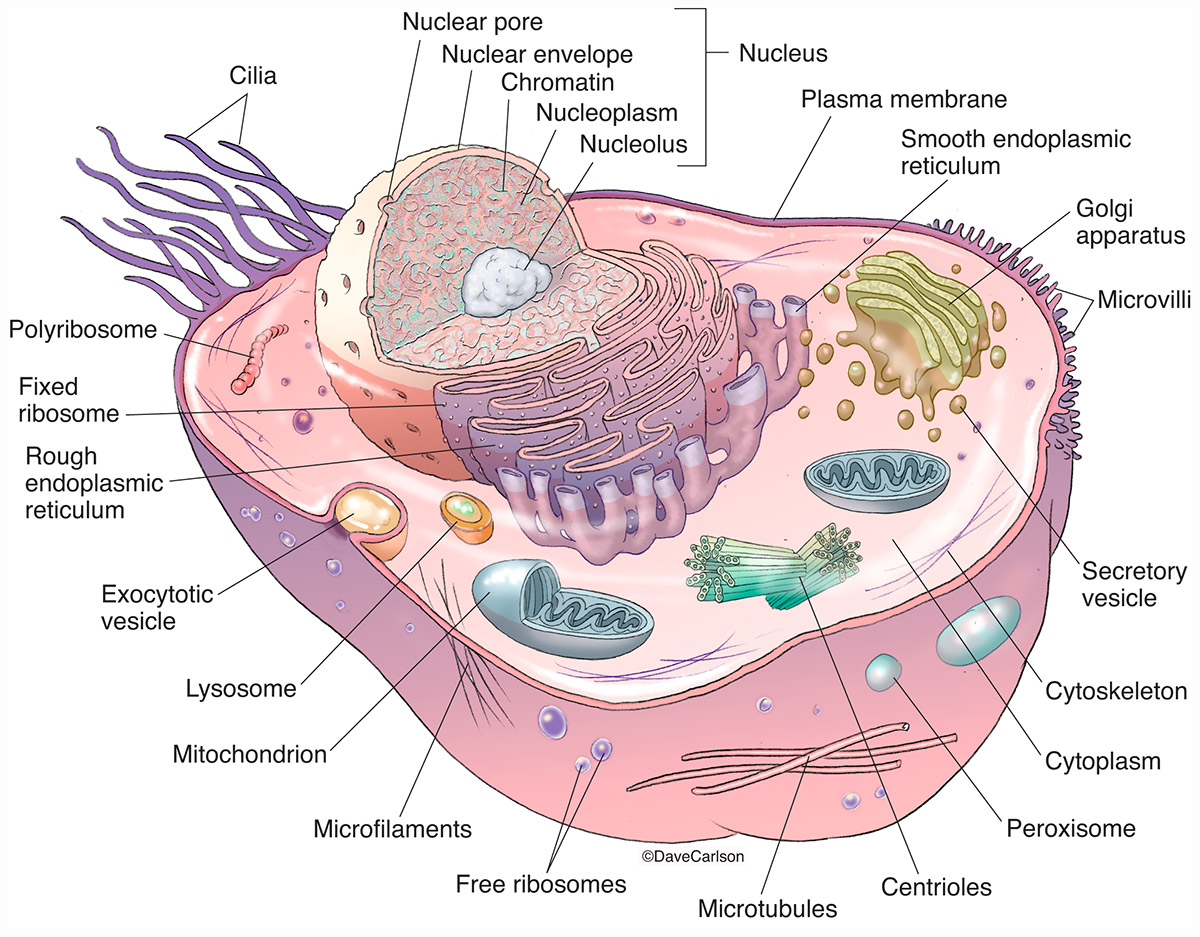
Animal Cell With Structure / Animal Cell Structure And Organelles With Their Functions Jotscroll
Animal cells are eukaryotic cells that contain a membrane-bound nucleus. They are different from plant cells in that they do contain cell walls and chloroplast. The animal cell diagram is widely asked in Class 10 and 12 examinations and is beneficial to understand the structure and functions of an animal. A brief explanation of the different.

Animal Cell diagram with labels by Russell Kightley Media
As observed in the labeled animal cell diagram, the cell membrane forms the confining factor of the cell, that is it envelopes the cell constituents together and gives the cell its shape, form, and existence. Cell membrane is made up of lipids and proteins and forms a barrier between the extracellular liquid bathing all cells on the exterior.

Animal Cell The Definitive Guide Biology Dictionary
Animal Cell: Structure, Parts, Functions, Labeled Diagram. June 6, 2023 by Faith Mokobi. Edited By: Sagar Aryal. An animal cell is a eukaryotic cell that lacks a cell wall, and it is enclosed by the plasma membrane. The cell organelles are enclosed by the plasma membrane including the cell nucleus. Unlike the animal cell lacking the cell wall.
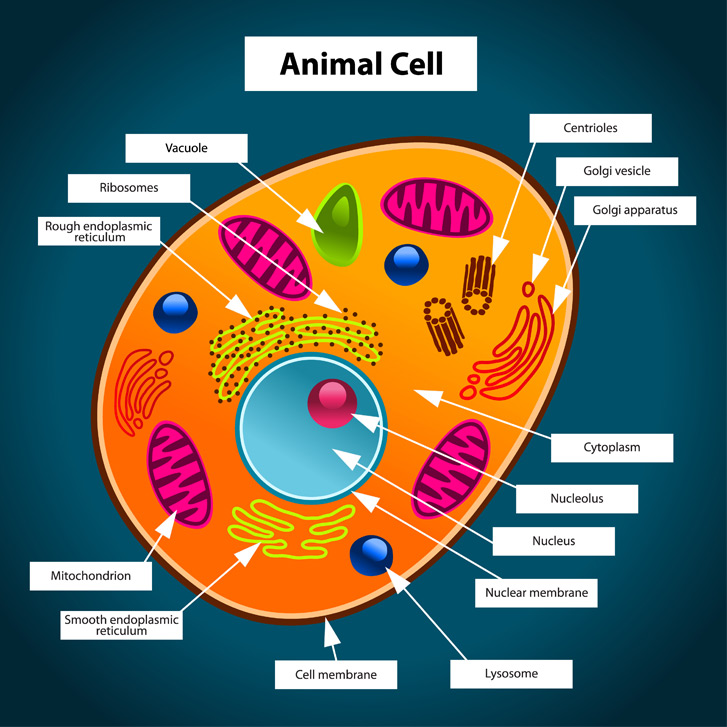
Animal Cell Free printable to label + Color
Introduction. Animal cells are eukaryotic cells, mostly multicellular containing cytoplasm and membrane-bounded organelles enclosed within the plasma membrane. The animal kingdom contains the largest number of species on the entire earth. Animals are heterotrophic organisms that contain various organelles and systems to break down the food.

10 Parts Of An Animal Cell And Their Functions Reviewmotors.co
Cytosol. This page titled 3.1: Animal Cells is shared under a CC BY 3.0 license and was authored, remixed, and/or curated by John W. Kimball via source content that was edited to the style and standards of the LibreTexts platform; a detailed edit history is available upon request. The idealized animal cell contains many structures.

South Pontotoc Biology Plant and Animal Cell Diagrams
Labeled diagram of a typical animal cell Nucleus. The nucleus contains all the genetic material in a cell. This genetic information is called deoxyribonucleic acid (DNA). DNA contains all the instructions for making proteins, which control all of the body's activities. Therefore, the nucleus is like the manager's office of the cell.

Cells Mr. Scott's 6th Grade Class
Animal cells are eukaryotic cells, meaning they possess a nucleus and other membrane-bound organelles. Unlike plant cells, animal cells do not have cell walls, allowing for more flexibility in shape and movement. A plasma membrane encloses the cell contents of both plant and animal cells, but it is the outer coating of an animal cell.

Animal Cell Definition Structure Parts Functions Labeled Diagram Riset
Animal Cells Organelles and Functions. A double layer that supports and protects the cell. Allows materials in and out. The control center of the cell. Nucleus contains majority of cell's the DNA. Popularly known as the "Powerhouse". Breaks down food to produce energy in the form of ATP.

The animal cell diagram. Vector illustration on white Etsy in 2021 Animal cell, Cell diagram
The cell is the basic unit of life. All organisms are made up of cells (or in some cases, a single cell). Most cells are very small; in fact, most are invisible without using a microscope. Cells are covered by a cell membrane and come in many different shapes. The contents of a cell are called the protoplasm. Glossary of Animal Cell Terms: Cell.
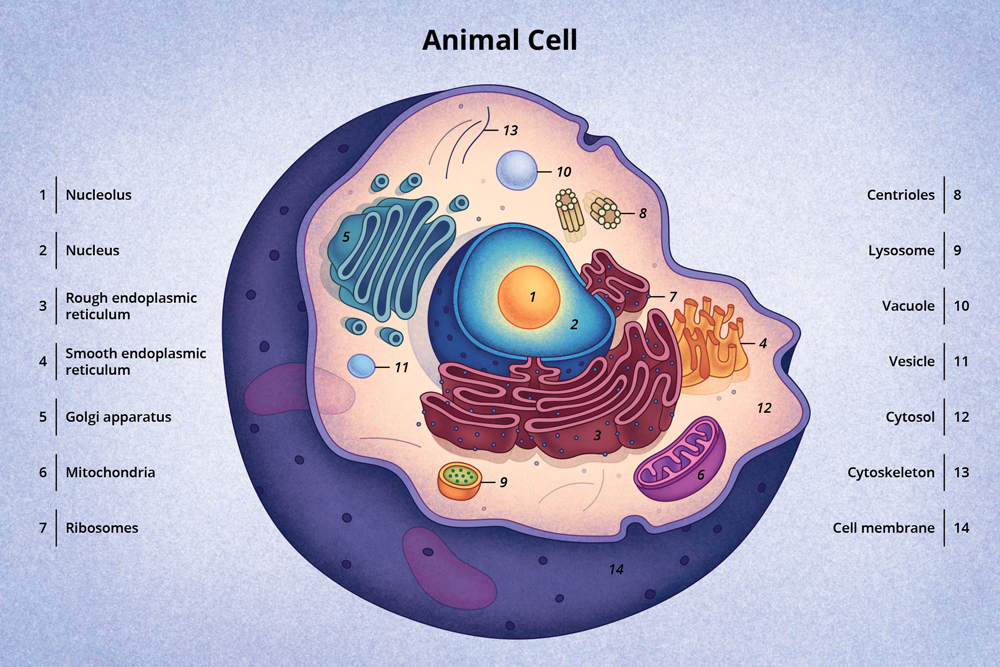
Discovery and Structure of Cells Biology Visionlearning
A cell is the smallest (microscopic) structural-functional unit of life of an organism. The cells of animals are referred to as Animal cells, and the ones which make up plants are referred to as plant cells. The majority of cells are covered with a membrane of protection called the cell wall.